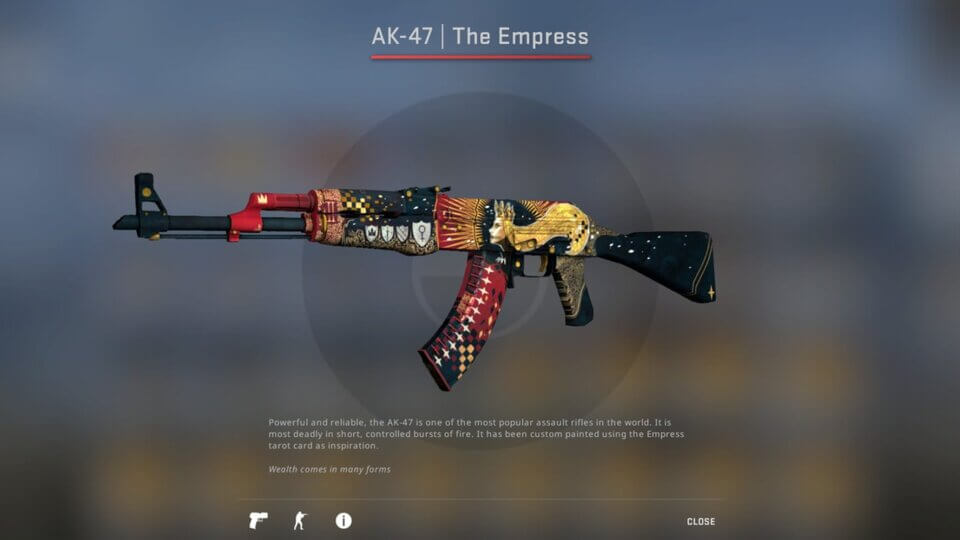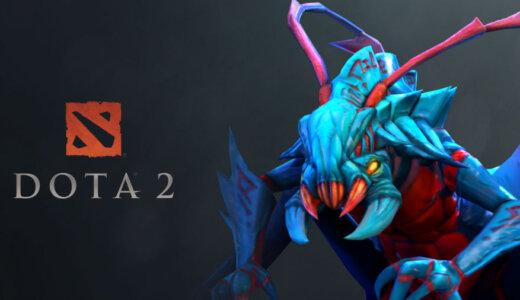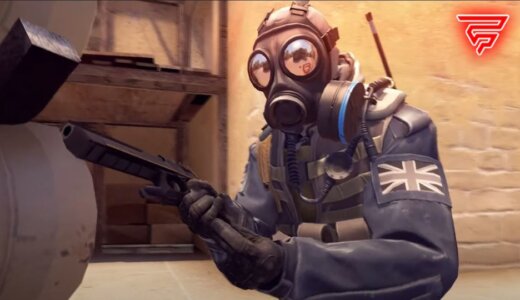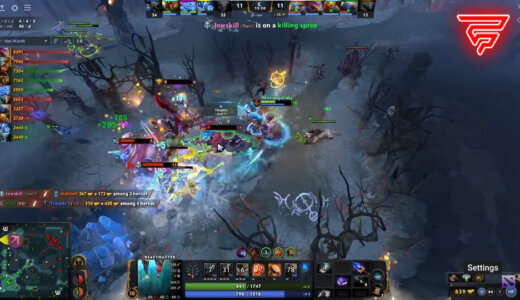Counter-Strike: Global Offensive (CS) is a popular first-person shooter game that has been around for over a decade. The game has a vast collection of weapon skins that players can acquire through gameplay or by purchasing them from the Steam community market. Each skin has its unique float value, which represents the wear and tear of the skin. The float value ranges from 0 to 1, with 0 being the best condition and 1 being the worst.
Understanding the float value of a CS skin is crucial for players who want to buy, sell, or trade skins. The float value of a skin affects its price, rarity, and overall demand. Several factors determine the float value of a skin, including the amount of wear and tear on the skin, the weapon float value, and the skin’s rarity. Players can use various tools and websites to check the float value of a skin and determine its worth.
This article will delve deeper into the concept of CS floats, explaining what they are, how they work, and why they matter to players. It will also provide tips and tricks on how to check the float value of a skin and how to use that information to make informed decisions when buying, selling, or trading skins.
Understanding CSGO Floats
CSGO floats are an essential part of the game that determines the wear and tear of skins. The float value is a unique attribute assigned to each skin, playing an integral role in defining its overall appeal and worth. This elusive number carries significant weight within the CS economy, and understanding it can greatly enhance a player’s trading acumen and gaming experience.
The CSGO float range is from 0 to 1, with 0 being the lowest possible float value (Factory New) and 1 being the highest possible float value (Battle-Scarred). Each float value represents a different level of wear and tear on the skin. The quality of float on skins in CS is a numerical value from 0.0 to 1.0 that reflects the degree of wear of the skin. In this case, 0.0 corresponds to the perfect condition of the skin, while 1.0 indicates the worst condition of the “battle-scarred” variant.
Understanding float values is essential if you want to trade CSGO skins for real money, or if you are planning some trade-ups. All skins in the game are available in different wear levels, with some rare skins only available in the higher wear levels. It is crucial to remember that float values are not the only determining factor in the value of a skin. Other factors such as rarity, pattern, and popularity also play a significant role in determining the value of a skin.
In conclusion, understanding CSGO floats is an integral part of the game, and it can significantly enhance a player’s trading acumen and gaming experience. While float values are not the only determining factor in the value of a skin, they do play a crucial role in defining its overall appeal and worth.
How CSGO Floats Work
CSGO skins have a wear value and a float value. The wear value determines the level of wear and tear on the skin, while the float value determines the skin’s quality. A skin’s float value is a precise wear number that ranges from 0 to 1. When a skin is first created, a random number between the minimum and maximum float range for that skin is generated by the CS Game Coordinator. This number is then used to determine the opacity of the grunge wear texture when the skin is displayed.
Each skin in CSGO has a set number of wear levels, which are represented by different textures and patterns on the skin. The wear levels range from Factory New (FN) to Battle-Scarred (BS), with each level having a different float value. The following table shows the float ranges for each wear level:
| Wear Level | Float Range |
|---|---|
| Factory New | 0 – 0.07 |
| Minimal Wear | 0.07 – 0.15 |
| Field-Tested | 0.15 – 0.38 |
| Well-Worn | 0.38 – 0.45 |
| Battle-Scarred | 0.45 – 1 |
CSGO players can check the float value of their skins by inspecting them in-game or by using third-party websites that provide float value calculators. Understanding the float value of a skin is crucial for traders and collectors, as it can affect the skin’s value in the market. A skin with a lower float value is generally considered to be of higher quality and is therefore more valuable.
Impact of Floats on CSGO Skins
Skin Appearance
CSGO floats have a significant impact on the appearance of skins in the game. The float value of a skin determines its wear and tear level, which can range from Factory New to Battle-Scarred. A skin with a lower float value will appear newer and more pristine, while a skin with a higher float value will look more worn and damaged.
For example, a skin for a more common weapon like the AK-47 will have a higher float value than a skin for a rarer weapon like the M4A4. As such, the appearance of skins can be used to determine their rarity and value. Players who are interested in buying or selling skins should pay close attention to their float values to ensure that they are getting a fair deal.
Skin Value
In addition to affecting skin appearance, CSGO floats also have a significant impact on skin value. Skins with lower float values are generally more valuable than skins with higher float values, as they are considered to be in better condition.
According to GGRecon, skin float value is especially important at the higher end of trading in CS, as having a float value near the top of Factory New alone can exponentially increase its value compared to a ‘standard’ FN skin. This means that players who want to maximize the value of their skins should aim to obtain skins with low float values.
Overall, the impact of CSGO floats on skins cannot be overstated. They play a crucial role in determining both the appearance and value of skins in the game. Players who want to buy or sell skins should pay close attention to their float values to ensure that they are getting the best deal possible.
CSGO Float Value Ranges
The float value of a CSGO skin determines its wear and tear level, with 0 being the lowest possible float value (Factory New) and 1 being the highest possible float value (Battle-Scarred). Each float value represents a different level of wear and tear on the skin.
The value of a skin is mostly determined by its float value, which can range between 0 and 1. A float value of 0 indicates that the skin is in mint condition, while a float value of 1 indicates that the skin is completely ruined and worn-out. The CS community market only classifies skins by the five classes of weapons and ignores the float value.
It is important to note that the float value of a skin can affect its price. Skins with lower float values are generally more valuable than those with higher float values. However, this is not always the case, as some skins with high float values can also be highly sought after by collectors.
In order to determine the float value of a skin, players can use various tools and websites, such as the CSFloat Marketplace and Trading Tools. These tools provide players with access to a vast database of skins and their float values, making it easier to find and trade skins with specific float values.
Overall, understanding the float value system in CSGO is essential for players who are looking to trade or collect skins. By being aware of the float value of a skin, players can make more informed decisions when buying and selling skins on the community market or through trading.
Checking CSGO Float Values
When it comes to checking CSGO float values, there are two main methods that players can use: in-game methods and third-party tools. Both methods have their own advantages and disadvantages, and players should choose the method that best suits their needs.
In-Game Methods
In-game methods are the most straightforward way to check CSGO float values. To do this, players must first launch the game and go to their inventory. Once there, they can select the item they want to check and click on the “Inspect” button. This will bring up a window that displays the item’s float value, as well as other information such as its wear and pattern index.
While in-game methods are convenient and easy to use, they do have some limitations. For example, players can only check the float value of items that they already own, and they cannot check the float value of items that are currently listed on the Steam market.
Third-Party Tools
Third-party tools are another option for players who want to check CSGO float values. There are many different tools available, each with its own set of features and capabilities. Some of the most popular third-party tools include CSFloat, CSGO Exchange, and CSGO Stash.
One of the main advantages of using third-party tools is that they allow players to check the float value of any item, regardless of whether they own it or not. Additionally, many third-party tools provide additional information such as item pricing, inventory tracking, and market trends.
However, it is important to note that using third-party tools can come with some risks. Some tools may be inaccurate or unreliable, and there is always the risk of downloading malware or other harmful software. Players should always research a tool before using it and make sure that it is reputable and trustworthy.
In conclusion, both in-game methods and third-party tools can be useful for checking CSGO float values. Players should choose the method that best fits their needs and always exercise caution when using third-party tools.
Trading Based on Float Values
In the world of CS, float values play a crucial role in determining the value of a skin. The float value of a skin is a number between 0 and 1 that represents the wear and tear of the skin. A lower float value indicates a cleaner skin, while a higher float value indicates a more worn-out skin.
When trading CS skins, it’s important to pay attention to the float value. Skins with lower float values are generally more valuable than skins with higher float values. However, the value of a skin also depends on its rarity, popularity, and demand.
To trade based on float values, it’s important to know the float ranges for each wear level. The wear levels range from Factory New (FN) to Battle-Scarred (BS). The float ranges for each wear level are as follows:
| Wear Level | Float Range |
|---|---|
| Factory New | 0.00 – 0.07 |
| Minimal Wear | 0.07 – 0.15 |
| Field-Tested | 0.15 – 0.38 |
| Well-Worn | 0.38 – 0.45 |
| Battle-Scarred | 0.45 – 1.00 |
Knowing the float ranges for each wear level can help traders determine the value of a skin based on its float value. For example, a skin with a float value of 0.06 would be considered Factory New and would be more valuable than a skin with a float value of 0.08, which would be considered Minimal Wear.
It’s important to note that float values can vary slightly within the same wear level. This is because each skin has a unique pattern and texture, which can affect its float value. Traders should always verify the float value of a skin before making a trade.
In conclusion, when trading CS skins, it’s important to pay attention to the float value. Traders should know the float ranges for each wear level and verify the float value of a skin before making a trade. By trading based on float values, traders can ensure that they are getting a fair deal and not overpaying for a skin with a high float value.
Conclusion
In conclusion, understanding CS floats is crucial for players who want to trade skins or simply want to keep track of the wear and tear of their own skins. The float value of a skin affects its rarity and value, with lower float values being considered more valuable due to their better condition.
Players should keep in mind that wear levels range from Factory New (FN) to Battle-Scarred (BS), and that each level has a different float value. While Factory New skins look the best due to their lack of wear, skins with higher wear levels can still be valuable depending on their rarity and popularity.
It is important to note that float value is not the only factor that determines the value of a skin. Rarity, popularity, and demand also play a significant role in determining the price of a skin. Players should also be aware of scams and always use reputable trading platforms.
Overall, understanding CS floats can help players make informed decisions when it comes to trading and collecting skins. By keeping track of the wear and tear of their skins and understanding the factors that affect their value, players can build a valuable collection and enjoy the game to its fullest.
Frequently Asked Questions
What are floats in CS?
In CS, floats refer to the wear and tear of a skin. Each skin in the game has a float value, which can range from 0 to 1. The lower the float value, the less wear and tear the skin has. The higher the float value, the more wear and tear the skin has.
What is the maximum float in CS?
The maximum float value in CS is 1.0. This means that the skin is completely worn out and has reached its maximum wear and tear.
What is the best float in CS?
The best float value in CS is subjective and depends on personal preference. Some players prefer skins with a low float value, while others prefer skins with a higher float value. It’s important to note that the float value does not affect the performance of the skin in any way.
What is the float range in CS skins?
The float range in CS skins varies depending on the skin. Some skins have a float range of 0 to 1, while others have a float range of 0 to 0.08. It’s important to check the float range of a skin before purchasing it, as it can affect the skin’s value.
What is a CSGO skin float checker?
A CSGO skin float checker is a tool that allows players to check the float value of their skins. This tool is useful for players who are looking to buy or sell skins, as the float value can affect the skin’s value.
What are the float ranges for Field Tested and Minimal Wear CSGO skins?
Field Tested CSGO skins have a float range of 0.15 to 0.38, while Minimal Wear CSGO skins have a float range of 0.07 to 0.15. It’s important to note that these float ranges can vary depending on the skin.







